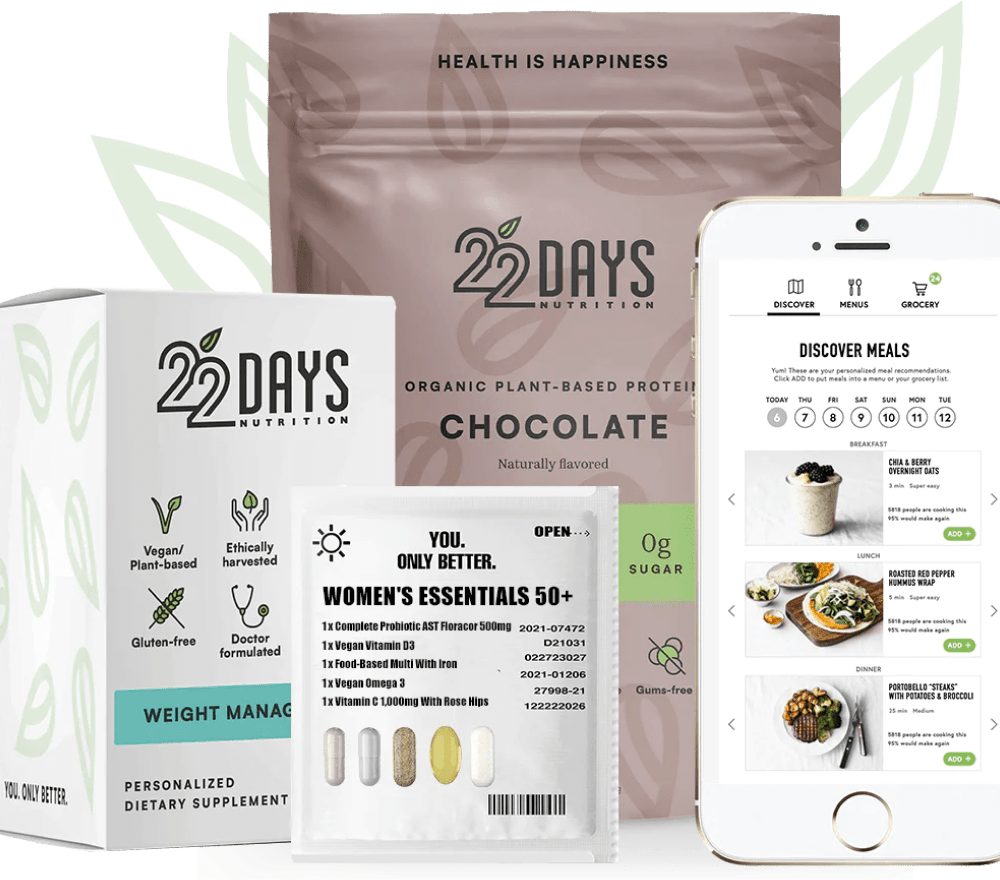Is Salsa Healthy? 9 Surprising Health Benefits of Salsa
Salsa is one of the most popular toppings around the world for anything from tacos to raw vegetables. Whether it's tomato salsa, jalapeño salsa, or more unique flavors like mango, salsa is a staple in countless countries and diets. But, is salsa healthy? Since it’s often paired with less healthy foods like chips, many people think salsa is unhealthy, but the truth is quite the opposite.
Fortunately, salsa can pack a nutritional punch and is great for weight loss. It’s a delicious way to add a distinct flavor to your food while also providing nutrients that your body craves.
In this article, we break down some top health benefits of salsa!
Salsa Health Benefits
Blood Sugar
Many traditional salsas consist mainly of vegetables, and fiber is generally found in the cell wall of plants. That makes salsa full of fiber without fat, sugar, or other determinantal ingredients—it’s perfect for someone looking to add flavor to their diet without spiking their fat and sugar content.
Additionally, fiber is what gives us that “full” feeling after we eat, which helps prevent overeating without triggering a release of insulin.
Low in Calories
Many flavorful, processed foods contain a large amount of calories. However, one serving of salsa (approximately 2 tablespoons) only contains about 10 calories. On top of that, it’s very flavorful. When eating salsa, there’s little risk of eating too much and adding a bunch of unwanted, unhealthy calories to your diet.
Vitamin C
Onions, tomatoes, and lime juice—all common ingredients in salsas—contain a large amount of vitamin C. Vitamin C is vital for helping us avoid heart disease. It is best obtained by our body when eating raw, unheated foods – since salsa is served raw, it’s a great way to absorb the vitamin C you need.
Hydration
We’re always told that we need to drink more water, and it turns out salsa is a great way to boost your hydration. Salsa often contains tomatoes, and 95% of the weight of tomatoes comes from water. Water-rich foods are a great source of water, so adding salsa to your diet will help keep you hydrated.
May Help Protect Against Cancer
One of the carotenoids contained in tomatoes, lycopene, has been linked by researchers to a reduced risk of cancer (including prostate, intestinal, urinary, and some stomach cancer). Although tomatoes aren’t the only produce that contains lycopene, they’re generally recognized to provide 80% of lycopene in the diet of Americans!
Helps Burn Fat
Many salsas contain jalapeños for some added spice. Capsaicin is the component that makes jalapeños spicy, and it also has been shown to increase the body’s ability to burn fat and promote weight loss. Additionally, jalapeños are packed with fiber and vitamin A (which helps maintain skin and eyesight as well as repairs damaged cells).
Potassium
The typical American diet generally lacks enough potassium. This nutrient is important because it helps the body regulate fluid and mineral balance, as well as blood pressure. Because most processed foods don’t contain an adequate amount of potassium, salsa is a great way to add potassium-rich vegetables into your diet.
Citric Acid
Limes are common in many salsa recipes, and they’re high in citric acid. Citric acid has shown antioxidant properties and alkalizing effects. For one, it can help prevent kidney stones. Citric acid has also shown to enhance nutrient absorption!
Heart Health
Onions and garlic are common ingredients of salsa. These increase good cholesterol and lower bad cholesterol! They help prevent heart issues such as blood clots, strokes, heart attacks, as well as other heart diseases. Onions and garlic are also anti-inflammatory, having shown to reduce symptoms of asthma as well as arteritis (inflammation of the arteries).
If you want tips on joints and knees health please visit our blog.
Cons of Eating Salsa
While salsa has a wide array of benefits, there are some things to watch out for as well. The main issue is salt. Many recipes and store-bought salsas contain a hefty amount of salt, which can have a negative effect on your health. Too much salt can cause inflammation, bloating, severe thirst, headaches, a rise in blood pressure, and even stomach ulcers in severe cases.
However, this can easily be fixed by reducing salt in your recipes. Instead, you can opt for salt substitutes or enhance the spice level.
If you need to buy store-bought versions, make sure to read the salsa nutrition label and pick the option with the lowest sodium. Some stores have so many options, but it’s worth it to look through. For example, Trader Joe’s Fire Roasted Tomato Salsa has only 30mgs of salt in 2 tablespoons. Other store-bought salsas typically have 100mg – 250mg of sodium in 2 tablespoons!
Additionally, consider what you’re eating with salsa. It’s often paired with corn chips, which lack nutritional value and are high in calories, salt, and oil.
Healthy Foods to Eat Salsa With
- Veggie chips (make your own using a dehydrator)
- Tofu scramble
- Tacos
- Salads
- Chili
- Baked potatoes
- Raw veggies
- Plain popcorn
Bottom Line
Is salsa healthy? Definitely! Salsa can be paired with tons of dishes—from breakfast burritos to tacos to veggie chips, it’s a great way to add flavor to your meal while also reaping some great health benefits. The only thing to watch out for is how much salt your salsa contains, but this can easily be reduced.
It’s also important to watch out for what you’re eating salsa with. As much as we love salsa and chips, it's not the healthiest choice and it's easy to get carried away. Opt for some healthier alternatives we've listed above!





